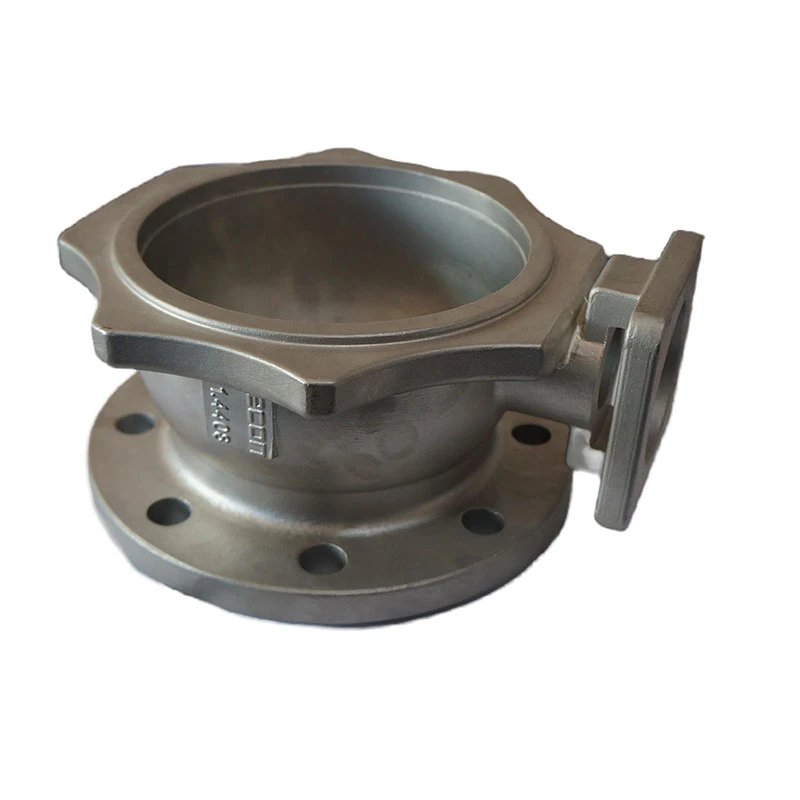precision cast components
Precision Cast Components The Key to Modern Manufacturing
In an era where precision and efficiency are paramount, the manufacturing sector has evolved dramatically, embracing advanced technologies to meet the demands of an ever-changing market. One area that has seen significant advancements is the field of precision cast components. These components play a crucial role in various industries, including aerospace, automotive, medical devices, and energy, where the need for accuracy and reliability is critical.
Precision casting, commonly referred to as investment casting, is a process that allows for the creation of complex shapes and geometries with exceptional accuracy. This method begins with creating a wax pattern of the desired component. The wax pattern is then coated with a ceramic material to form a mold. Once the mold solidifies, the wax is melted away, leaving a cavity that can be filled with molten metal. This technique not only ensures that intricate details and specifications are achieved but also significantly reduces the need for extensive machining, thus saving time and costs.
One of the primary benefits of precision cast components is the high degree of dimensional accuracy that can be achieved. Tolerances as tight as +/- 0.005 inches can be obtained, making this method ideal for parts that require precise fittings and alignments. Additionally, the surface finish produced by precision casting is often superior to that of parts created through other manufacturing methods. This reduces the need for additional finishing processes, further streamlining production and lowering costs.
precision cast components

The versatility of precision casting is another advantage that appeals to manufacturers. This method can accommodate a wide range of materials, including steel, aluminum, titanium, and even superalloys. This flexibility allows companies to select materials based on the specific performance requirements of their applications, whether it involves high strength, lightweight, or corrosion resistance. As a result, precision cast components are often found in critical applications, such as turbine blades in jet engines or complex housings in medical devices.
As industries continue to evolve, the demand for lightweight, high-performance components has intensified. Manufacturers are increasingly turning to precision casting to meet these challenges. For instance, in the aerospace industry, reducing weight without compromising strength can lead to significant fuel savings and improved overall efficiency. Precision cast components offer the ideal solution, as they can achieve the necessary strength-to-weight ratios while maintaining intricate geometries.
Moreover, the sustainability aspect of precision casting cannot be overlooked. The reduced waste associated with this method, compared to traditional machining processes, contributes to more sustainable manufacturing practices. By minimizing excess material and energy consumption, companies can align themselves with modern sustainability goals while also enhancing their cost-effectiveness.
In conclusion, precision cast components represent a pivotal advancement in modern manufacturing. Their ability to produce high-quality, intricate geometries with exceptional accuracy and efficiency makes them indispensable in various industries. As technology continues to advance, the role of precision casting is poised to expand further, paving the way for innovative solutions that address the evolving needs of a competitive marketplace. By embracing precision casting, manufacturers can not only enhance their product offerings but also contribute to a more sustainable and efficient future in production.
-
Aluminium Pressure Die Casting High-Precision & Durable Solutions for Complex PartsNewsJul.08,2025
-
Top Aluminum Sand Castings Manufacturer – Precision Green Sand Castings for Industrial NeedsNewsJul.08,2025
-
Precision Lost Wax Casting Quotes – High Accuracy Custom Parts Lost Wax Precision Casting ServicesNewsJul.07,2025
-
High-Quality Sand Used for Casting - Superior Sand for Sand Casting ProcessesNewsJul.07,2025
-
China Supply High End Metal Stamping Parts Sino - Precision Manufacturing FactoryNewsJul.06,2025
-
High-Quality Automotive Investment Casting Services Precision & Sand Casting SolutionsNewsJul.06,2025















